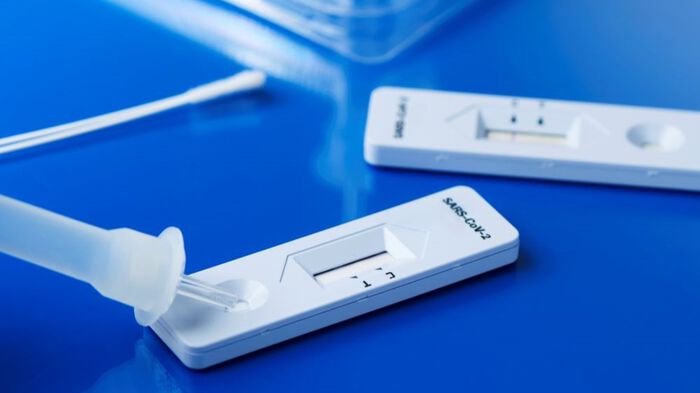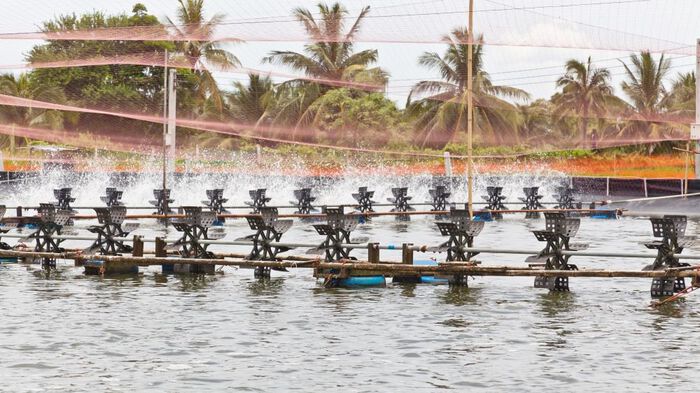Around the world, animal farming is often presented as the main cause for the development of Antimicrobial Resistance (AMR). Aquaculture has become the fastest growing sector of food production in the world and most of the production takes place in low and middle-income countries. It constitutes an interesting case-study to investigate how the human/animal/environment boundary is shaped with regards to AMR management.
Aquaculture is growing more rapidly than any other animal-production sector, it uses intensive practices, leading to a higher concentration of animals in small spaces of water, substantially increasing the risk of contagious diseases. To sustain the rapid growth of the aquaculture industry, antibiotics are widely applied, especially in low- and middle-income countries, to reduce infectious diseases and increase production. Since there are no antibiotics specifically designed for aquaculture, authorized products developed for other areas of medicine are used and antibiotics are mixed with feed ingredients at a sub-therapeutic dose to maintain water quality and growth. Some studies suggest that approximately 80% of the antibiotics applied in aquaculture are dispersed into water systems. Aquaculture can supply antibiotic resistance determinants to natural environments such as rivers or mangroves which are in turn considered as reservoirs and acts as a dissemination route for reintroduction of antibiotic resistance into humans. Studies from Bangladesh, India, Indonesia, and Thailand have reported antibiotic residues in aquaculture products and aquaculture water. In aquaculture, shrimp has been the most highly traded food commodity by value for many years, until it was overtaken in 2016 by salmon. These two products alone represented 32.5% of the aquaculture export industry (USD 23.5 billion exports for salmon and USD 22.9 billion for shrimp). Although the international market value of these commodities is very similar, the nature of these industries differs greatly. Salmon are exported and traded between high-income countries, whereas the majority of shrimp production takes place in low & middle-income countries and is exported to high-income countries.
The vast majority of shrimp production occurs in the Global South, where the antibiotic infrastructure is widely unregulated, and where the integration of aquaculture with family livelihoods offers many opportunities for human, animal and environmental bacteria to come into close contact. In these shrimp growing areas, untreated waste is directly eliminated into local water sources. These risks are very different to many other major internationally-traded aquaculture commodities, such as salmon, which is produced in higher income countries where there are greater levels of regulation. Assessing the true scale of the risk of AMR dissemination in the shrimp industry is a considerable challenge, not only because obtaining reliable data on antibiotic usage is very difficult but also because many farmers currently have no alternatives to antibiotics for preventing crop failure. India is one of the largest exporters of shrimp, the first for the USA. The continued detection of salmonella and banned antibiotics in Indian shrimp by the US FDA raises attention towards the development and spread of antimicrobial resistant pathogens in the shrimp farming industry. However, the new tools, resident & grassroots mobilisations, as well as research teams working on the issue & methods used for disease & AMR management (and the political & economic obstacles they face) are barely studied in the Indian context.
Our research team at the French Institute in Pondicherry intends to fill this gap by assessing the current regulation and controversies around shrimp farming in India, with specific law cases and fieldwork sites selected in Tamil Nadu. At the intersection of social sciences of AMR and of Science and Technology, we decided to study AMR regulatory technologies as material devices developed to stabilise the antibiotic infrastructure and we also look into the multiple controversies these regulatory technologies are subject to. By retracing the way in which the tools supporting the antibiotic infrastructure were designed and by whom, we try to understand how antibiotic uses are determined by collective structures such as public policies, markets, institutions, organisations, professions, and not only by individual behaviors. Looking at governance issues in multi-drug-resistant hotspots, we try to understand the political determinants of antimicrobial resistance.
Click here to learn more about the research project “Sustaining the Antibiotic Infrastructure”





